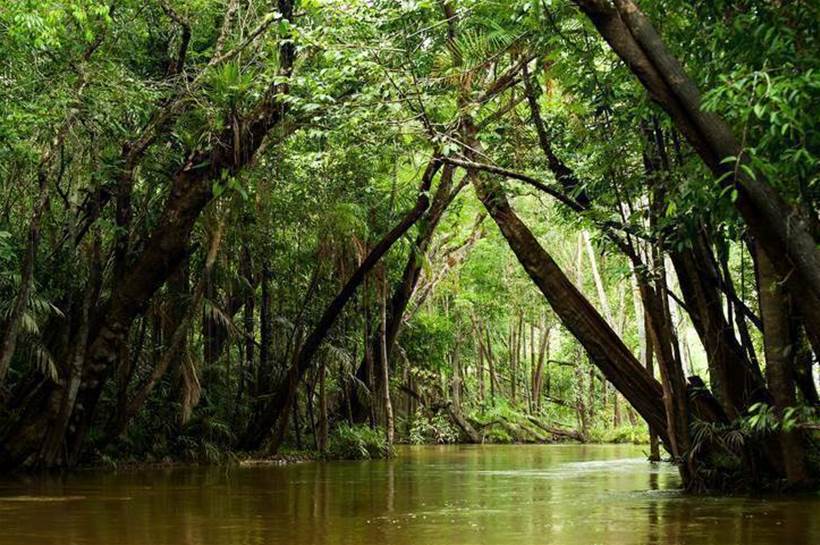A research team consisting of scientists from Australia, Brazil and Spain will work together to develop a sophisticated remote monitoring system to track the diminishing biodiversity in South America’s Amazon rainforest.
Thanks to $2 million in funding provided by the Gordon and Betty Moore Foundation, the project – dubbed ‘Providence’ – will bring together research scientists from CSIRO’s Data61, Brazil’s Mamirauá Institute, and the Laboratory of Applied Bioacoustics of the Technical University of Catalonia, BarcelonaTech.
Core to this project will be the establishment of a distributed, wireless sensor network throughout the jungle, consisting of autonomous nodes to continuously monitor wildlife under the canopy of the rainforest.
These sensors will include acoustic sensors, weather monitoring sensors, and visual and thermal imaging technologies.
Phase one of the project will see a field test of ten monitoring devices in the forest, phase two will increase that number to 100, and phase three will increase that again to 1000 nodes.
The research team will initially focus on the southern end of the Mamirauá Reserve, between the Amazon and Japurá rivers, according to project leader Dr Emiliano Esterci Ramalho from the Mamirauá Institute of Brazil.
“We’ll be collecting data from acoustic sensors (for underwater creatures, as well as terrestrial animals such as birds, frogs and monkeys), visual images, environmental data (wind, temperature, humidity, air pressure), and thermal images,” he said.
“The animals of key interest in the trial stages are a range of species including jaguars, monkeys, bats, birds, reptiles, river dolphins, and fish.”
Dr Alberto Elfes, research scientist at Data61 and leader of the Australian arm of Providence, said that the remote sensing technologies were selected because previously used systems could not provide a complete picture of what was occurring, and also to make things easier for the scientists collecting the data.
“Remote sensing satellites and science aircraft provide a wealth of data about broad changes in forest cover, deforestation and land use, but these methods reveal almost nothing about the true story of biodiversity beneath the forest canopy,” he explained.
“Biodiversity assessments are difficult to carry out in rugged to carry out in rugged and remote areas using traditional methods. Researchers need to trek into the jungle to count the species they see and hear, and it can be quite dangerous as tropical rainforests are very inhospitable to humans.”
Data61 CEO Adrian Turner added that Project Providence will bring together and extend state-of-the-art wildlife monitoring techniques in species identification, data compression and transmission, and energy management.
“The integration of technologies involved in the Providence project will revolutionise the way we monitor biodiversity in tropical forests around the world,” he said.
“Providence will enable, for the first time, the establishment of an accurate recording and assessment system of the biodiversity status of this region in the Amazon, and provide a warning system alerting us to any change that could threaten the amazing wildlife resident there.”







